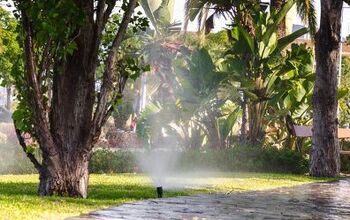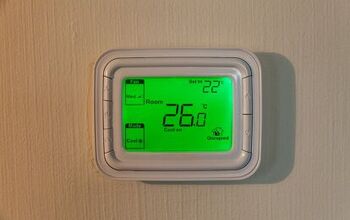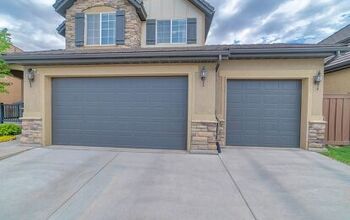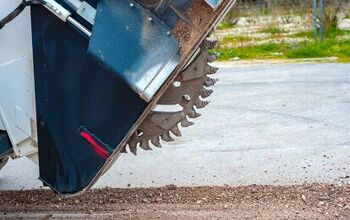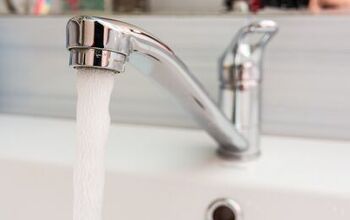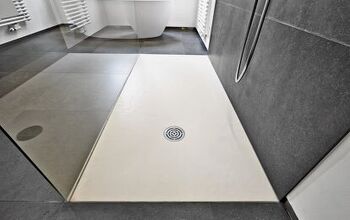Polymer Vs. Vinyl Siding: What Are The Major Differences?

Few home remodeling projects have the same impact or significance as those that involve the home’s outside. When visitors come into your driveway, the exterior is the first thing they see, and it’s also the first line of defense from the weather. Siding replacements are one of the most common home improvement jobs in the United States for these reasons.
Vinyl siding is popular because it is adaptable and inexpensive, but polymer siding is a relatively new material on the market. Vinyl and polymer materials are comprised of the same material: plastic. While they are similar in many ways, there are a few crucial distinctions to be aware of before choosing between the two.
While polymer and vinyl are both plastics, it’s important to know the differences so that you can choose the best material for your home’s siding. In this guide, we will discuss a bit of each to help you make an informed decision.
Do You Need Vinyl Siding Installation or Replacement?
Get free, zero-commitment quotes from pro contractors near you.

Comparing Vinyl Siding And Polymer Siding
Vinyl and polymer are both plastics at their foundation. However, the key distinction is the sort of plastic used. PVC, or polyvinyl chloride, is used to make a vinyl siding.
Polypropylene resin is used to make polymer siding. These two distinctions are difficult to notice with the naked eye, which is why you’ll hear both names used interchangeably even if they’re not the same thing.
Polymer Siding
This siding option is highly sturdy and capable of withstanding high heat because of the unusual chemical makeup of polypropylene resin. Furthermore, it keeps its shape under all conditions, including impact and warping.
This siding is made in an environmentally safe manner, and the molding process allows the material to closely resemble traditional materials such as wood.
A Closer Look At Polymer Siding
Vinyl siding has many of the same advantages as polymer siding. When it comes to polymer siding, however, there are a few differences that homeowners can take advantage of.
- Friendly for the environment: While both vinyl and polymer siding are recyclable once they’ve been manufactured and installed as siding, polymer siding is more environmentally beneficial during the manufacturing process.
- More expensive than vinyl: Polymer siding is often 50 percent to 75 percent more expensive than vinyl siding, and with few added benefits, it is out of reach for most homeowners.
- Stronger than normal vinyl: Polymer siding can be stronger than normal vinyl siding of the same thickness due to its chemical makeup.
Vinyl Siding
Vinyl siding is one of the most popular choices on the market. Due to the presence of plasticizers, the material is meant to be stiff while remaining flexible. Vinyl siding has to be flexible to be installed.
Vinyl siding products can be recycled many times after they’ve been created, minimizing waste and making them extremely eco-friendly. Premium-quality siding products are incredibly energy-efficient and never peel, rot, or flake. For homeowners, this offers a long-lasting, low-maintenance siding alternative.
A Closer Look At Vinyl Siding
Now that you know the fundamental distinctions between the two siding alternatives, it’s time to consider the advantages of each, starting with ordinary vinyl siding. The following are some of the advantages:
- Resistant to the wind: Most vinyl siding products have been shown to withstand wind rates of up to 110 miles per hour. Improper installation or low-quality vinyl siding will have a detrimental impact on this benefit.
- The color fades rather quickly: One of the most common complaints about vinyl siding in the past was that it tended to fade in color after prolonged exposure to the sun. This isn’t as much of an issue these days, thanks to advancements in production and anti-fade coating options. This is owing to the combination of acrylic and acrylate styrene-acrylonitrile, both of which are exceptionally excellent sun protectors.
- Best choice for your budget: When it comes to vinyl siding, this is without a doubt one of the most important elements to consider. This solution is not only cost-effective in the short term, but it also retains its worth for the first 25 years of its existence. Between 35 and 50 years, other materials begin to equal vinyl in terms of value.
- Low maintenance: This siding choice has long been sought after due to its low maintenance requirements. With this option, all you’ll ever need is a soft brush and a hose once or twice a year, along with a mild detergent.
- Choices: When it comes to the variety of material, design, and color options accessible to homeowners, vinyl is virtually unrivaled.
- Will not rot: This substance will not rot or deteriorate because it is made of plastic. This results in a longer lifespan when compared to natural options like wood.
- Resistant to scratches: Because colorants are added to the PVC mixture, vinyl, unlike other materials, is scratch resistant. When a scratch occurs, the same hue appears behind the damage, making it virtually unnoticeable.
Deciding Between Polymer And Vinyl Siding Materials
Choosing between these two products, even though they are nearly identical, can be tough. The ultimate selection is frequently made based on price and durability, with the more economical and durable product being picked.
Here are a few factors to think about that may influence your decision:
- Vinyl provides better insulation: Insulated siding strengthens and improves the energy efficiency of the entire house. Insulated vinyl siding has a wider range of possibilities than insulated polymer siding. If controlling the flow of heat and making your home more eco-friendly are priorities for you, insulated vinyl siding is a viable option.
- Polymer is more expensive: Polymer siding is inherently more expensive than vinyl siding, requiring a larger initial outlay. Premium vinyl materials can be less expensive and even more robust than polymer products when it comes to durability.
- Premium vinyl is a choice: Premium vinyl siding products, such as Alside’s Charter Oaks range and others, are the toughest and most lasting on the market. These goods are substantially thicker than ordinary vinyl and are equally as sturdy as, if not more so than, polymer options. Furthermore, premium vinyl has a more appealing appearance because of its richer wood-graining patterns and style alternatives.
- Availability affects the price: The higher the expense, the less siding material is available. Polymer siding solutions can be more difficult to come by than quality vinyl siding, making the decision even easier on you and your money.
Related Questions
Do You Need Vinyl Siding Installation or Replacement?
Get free, zero-commitment quotes from pro contractors near you.

Wrapping It Up
The only real difference between polymer and vinyl is that polymer is more expensive than vinyl siding, however, it is also stronger and more friendly for the environment. If you’re looking for a budget-friendly option, then vinyl siding is most definitely the way to go.
However, if you want something thicker than normal vinyl but you don’t want to fork the money out for polymer, then the premium vinyl would be a great choice for you. This seems to be a happy medium for most people as you get stronger siding, but don’ have to pay as much.
Related Guides

Heather is a passionate writer who loves anything DIY. Growing up, she learned everything from home repairs to design, and wants to share her tips with you. When she's not writing, she's usually hiking or searching for her next DIY project.
More by Heather Robbins



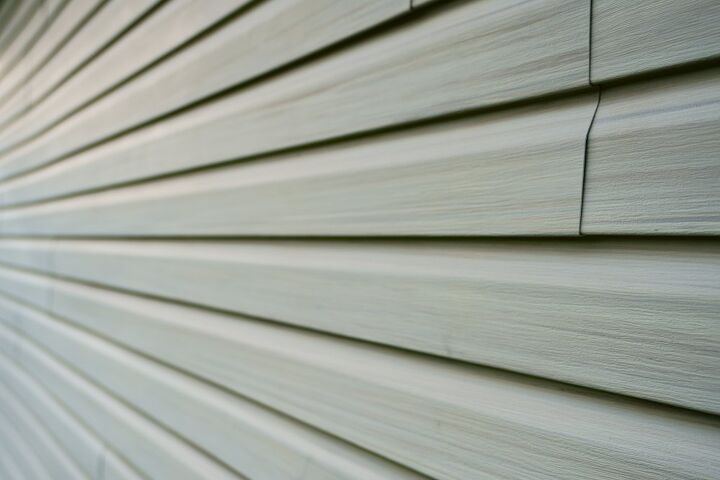






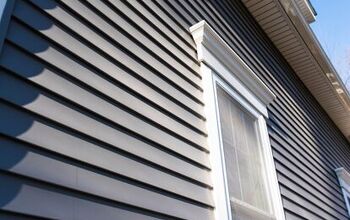
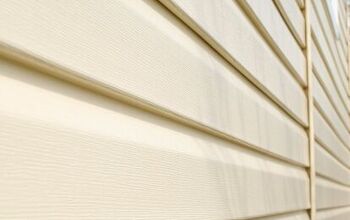
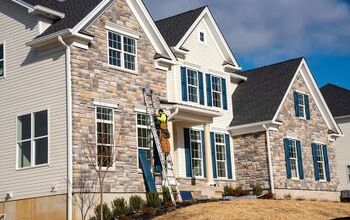

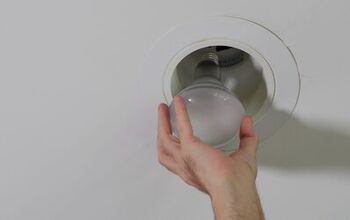
![Standard Dining Room Table Dimensions [for 4, 6, 8, 10 and 12 People]](https://cdn-fastly.upgradedhome.com/media/2023/07/31/9074335/standard-dining-room-table-dimensions-for-4-6-8-10-and-12-people.jpg?size=350x220)
